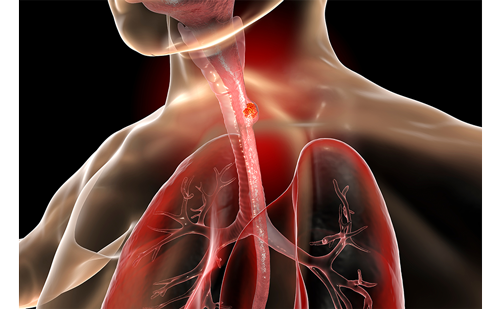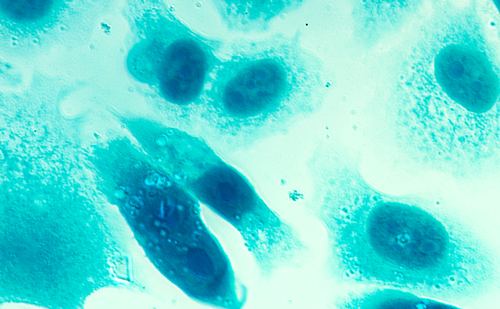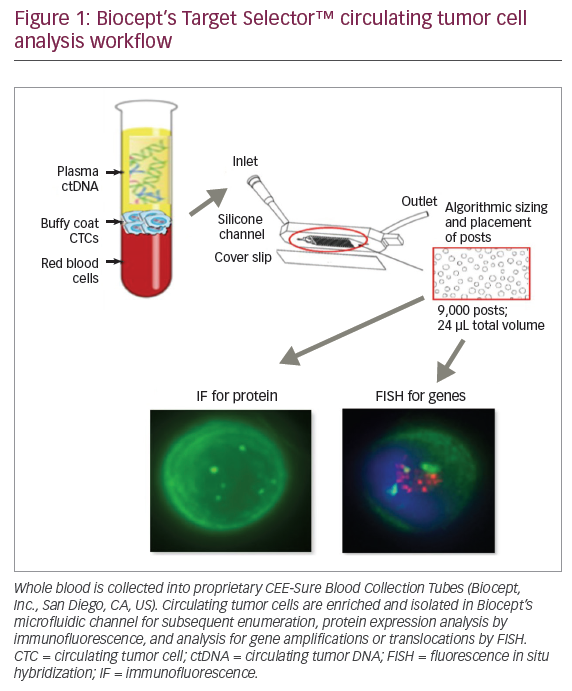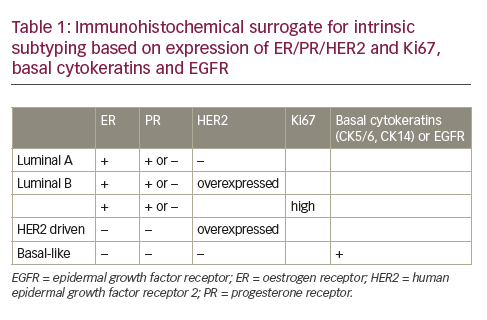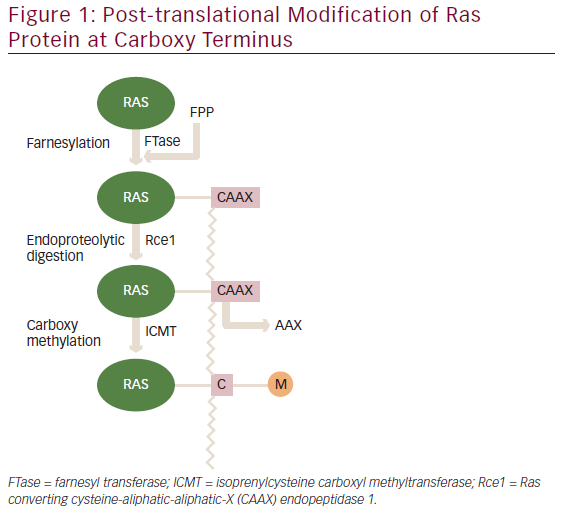Advancing technology has led to the successful utilization of nextgeneration sequencing (NGS) for assessing cancer susceptibility, diagnosis, prognosis, and treatment.1,2 Currently, matching therapies that target single-nucleotide variations, gene fusions, or copy number variations are approved for clinical use across various tumors. However, clinical application of genomic testing presents some potential challenges, including consent, tissue acquisition, cost, interpretation, privacy, and access to new therapies. While whole exome and whole transcriptome sequencing offer a more comprehensive and unbiased approach, their clinical applicability is limited at present as only a fraction of the cancer genes are actionable. Moreover, they are expensive and time consuming. Consequently, targeted gene capture panels are widely employed both by academic institutions and by commercial vendors for clinical utilization. Targeted gene panels employ select cancer genes that have therapeutic relevance and have been biologically well characterized. These panels have shorter turnaround time, are cost-effective, and are amenable to meet standards for clinical testing such as Clinical Laboratory Improvement Amendments (CLIA) certification and College of American Pathologists (CAP) accreditation. Although cancer gene panels are preferred for clinical use, since they test for select genes they may miss novel genomic alterations. Thus, unbiased strategies such as whole exome and whole transcriptome sequencing are employed in the research setting and present opportunities for discovery.3,4 As technology and cost improve, we anticipate more widespread utilization of these unbiased sequencing approaches. While DNA sequencing is frequently employed, we anticipate RNA sequencing (RNAseq) to play a more active more role in future. RNASeq can provide data on gene expression, mutations, fusions, splicing, and noncoding RNAs, such as microRNAs. However, cost and time limitations preclude their clinical utilization. Targeted RNAseq approaches could serve as a viable alternative and studies have successfully employed them in cancer care.5,6 Thus, a combination of targeted DNA and RNA sequencing approaches can provide information on clinically pertinent genomic alterations at a fraction of cost of whole exome and whole transcriptome approaches. Beyond cancer genomic testing methods, there are several challenges for precision cancer medicine that are being actively addressed: clinical interpretation of results, molecular eligibility for trials, and reimbursement. While the goal is to detect oncogenic driver mutations because they confer a growth advantage and represent potential targets for therapy, it is often challenging to separate drivers from the many passenger mutations whose clinical relevance is often unclear. Also, more than one driver mutation can be identified and their clinical significance can be hard to discern. Prediction of action ability based on gain-of-function mutations in commonly observed domains (e.g., kinase), while useful, could be misleading as activating mutations in nonkinase domains are missed.7 Several databases are available to discern the clinical relevance and actionability of mutations.8,9 My Cancer Genome (mycancergenome. org) and MD Anderson Personalized Cancer Therapy (https://pct. mdanderson.org) provide information on select driver mutations with matching therapies, whereas The Drug-Gene Interaction Database10 and Therapeutic Targeted Database11 provide information on potential gene target–drug associations. A collaborative effort between oncologists, pathologists, and basic science researchers is crucial to recognize and validate novel actionable alterations. Thus, molecular or genomic tumor boards have been implemented to interpret genomic test reports and facilitate matching patients to potential therapiesin clinical trials.
Since the prevalence of most actionable genomic alterations is low and occurs across tumor types, it is challenging to perform a conventional clinical trial restricted to a specific tumor type. For instance, activating mutations in ERBB2 at low frequency (<5 %) are observed across multiple cancers, including breast, colon, and lung.12–14 Similarly, low frequency activating mutations in AKT1 (E17K) are seen across lung, breast, and biliary tumors.15–17 Therefore, “basket trials” that enroll patients based on a specific genomic alteration (e.g., FGFR, BRAF) are being increasingly evaluated by the pharmaceutical industry and academic centers. Recently, BRAF has been validated as an actionable alteration in certain nonmelanoma tumors through a basket trial.18 Furthermore, the National Cancer Institute has opened National Cancer Institute-Molecular Analysis for Therapy Choice (NCI-MATCH), a basket trial, to evaluate matching therapies to molecular alterations (EGFR, HER2, ALK, BRAF, ROS1, NF2, KIT, etc.) regardless of tumor type in patients with advanced solid tumors or lymphomas.19
A major barrier to clinical implementation of cancer genomics is cost. Currently, insurance reimbursement is provided only for the diagnosis of specific alterations in selected tumor types that have matching Food and Drug Administration approved therapies. Therefore, costs of tumor genome sequencing are currently afforded through institutional research funds or philanthropic initiatives. Moreover, funding for pan-cancer genomic testing will provide cost savings in place of sequential singlegene tests. Active discussions among payers, industry, and academic cancer centers are ongoing to help support the cost of testing and cataloging cancers in real time. By identifying candidates who could potentially benefit from matching therapies, we may avoid therapies with unlikely benefit and support discovery and characterization of rare cancers that have not been previously studied.
Clinical implementation of NGS has facilitated the identification of novel actionable alterations with matching targeted therapies and has revolutionized our approach to cancer care. However, lack of prolonged responses and acquired resistance with chronic treatment, intratumor heterogeneity, and issues with driver mutation interpretation have limited the overall utility. As we move forward with widespread implementation of genomics in cancer care, collaborative approach to interpretation, rational combination therapies, and serial tumor biopsies in basket trials and funding will help pave a path for precision cancer medicine.


